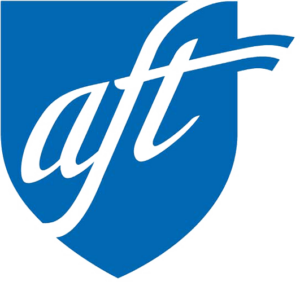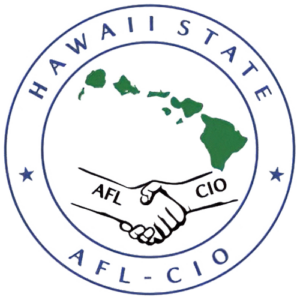At a recent economic forum held at the State Capitol, economists agreed that spending cuts have only worsened the effects of the recession. “Budget cuts affect tax revenues for the State, affect economic growth and result in more claims for unemployment and claims for assistance through welfare.” – Bill Boyd, Economics Professor, University of Hawaii. We can’t continue to cut spending because this furthers the negative impact on the economy, leading to lower tax revenues. It’s a vicious cycle that must end.
$1 Billion Drain on the Local Economy
The state has cut about $644 million in spending this fiscal year. The ripple effect of these cuts affects the state’s overall economy by a factor of two. This amounts to a total economic drain of $1 billion.
Cuts to Services
In addition to the devastating effect to the economy, the cuts have directly affected education, health and social services. Levels of services have been affected to a point that the health and well-being of our community’s most vulnerable population is at risk. Our children, elderly, disabled and disadvantaged are no longer assured the support of community services so desperately needed in a bad economy. “When we cut social services, we will pay later in economic and human costs.” — Paul Brewbaker, TZ Economics.
A Multi-Pronged Solution
We cannot expect a different result if we do not do anything differently. “The State can close its budget gap through a combination of temporary increases in taxes, including a modest GET increase and the use of special funds.” — Byron Ganges, Economics Professor, University of Hawaii.
We Support a Modest, Temporary GET Increase
A 1% increase to the general excise tax could be balanced with a state earned income tax credit helping those in the lower income tax brackets. It would be used to restore and maintain services which affect the health, education and human services for Hawaii residents.
Small Impact, Big Results
By requesting a moderate increase in the general excise tax, we can create positive change with the least amount of pain for Hawaii’s people. A 1% increase in the GET with appropriate exemptions is estimated to result in $500 million in revenue for the state. That would address nearly half of the state’s $1.2 billion projected budget shortfall through 2011. Economists agree that tax increases have a small impact on consumption. That’s good for Hawaii’s businesses, and ultimately, helps generates tax revenues for the state.
Broad Community Support
A recent poll conducted by Qmark reveals that 73% of Hawaii residents support legislators increasing revenues (49% for income tax increase, 23% for GET increase) to avoid more pay cuts.
The following organizations support a modest temporary increase in the GET:
- American Federation of State, County and Municipal Employees (AFSCME)
- Hawaii Government Employees Association (HGEA)
- Hawaii Alliance for Retired Americans (HARA)
- Hawaii State Teachers Association
- International Longshore and Warehouse Union (ILWU)
- Interfaith Alliance
- Lanakila Meals on Wheels
- Methodist Division of Church Society
- National Association of Social Workers, Hawaii Chapter
- Painters Local 1791
- Protecting Hawaii’s Ohana, Children, UnderServed, Elderly and Disabled (PHOCUSED)
- Royal State Insurance
- University of Hawaii Professional Assembly (UHPA)
- United Public Workers (UPW)



